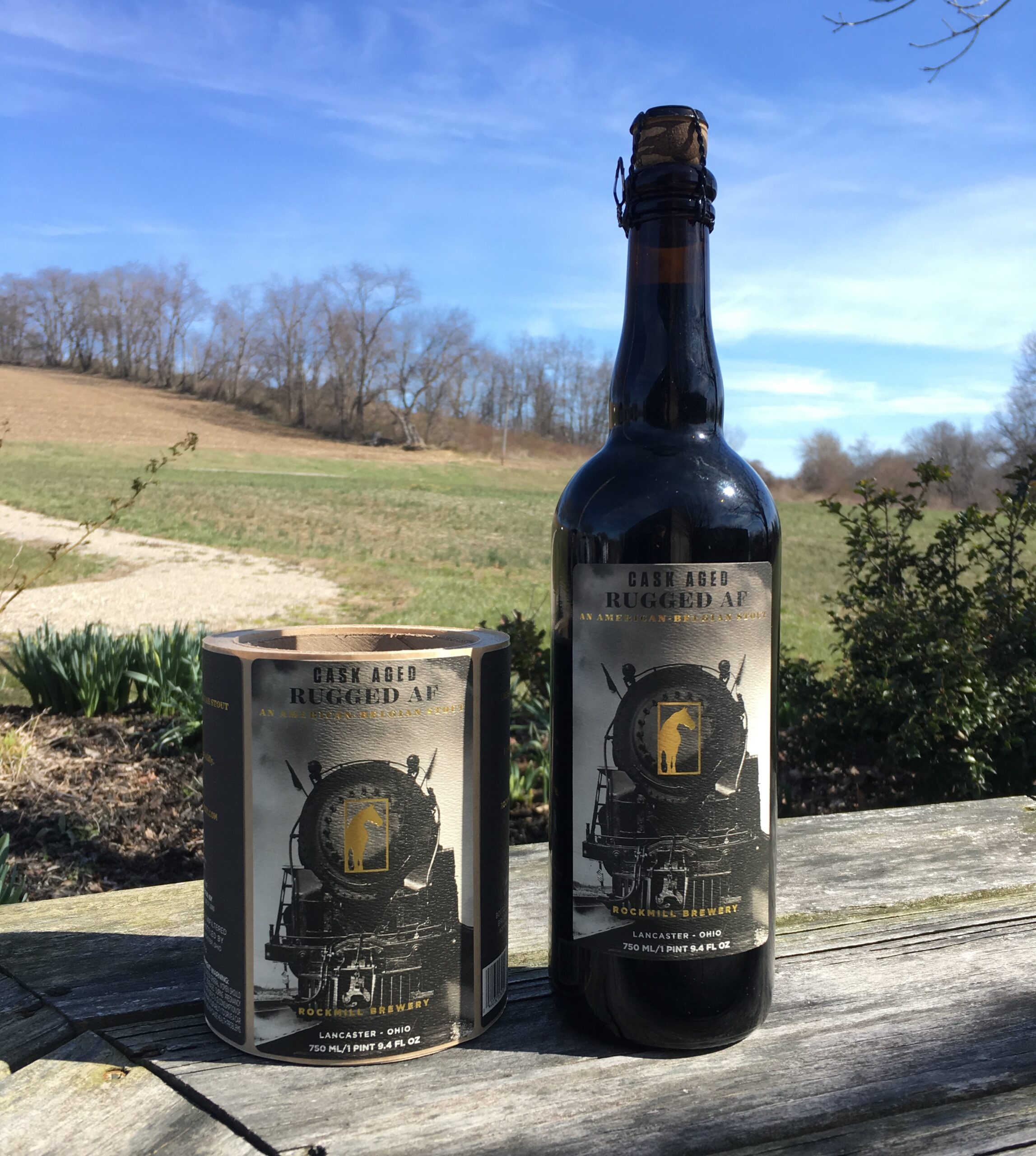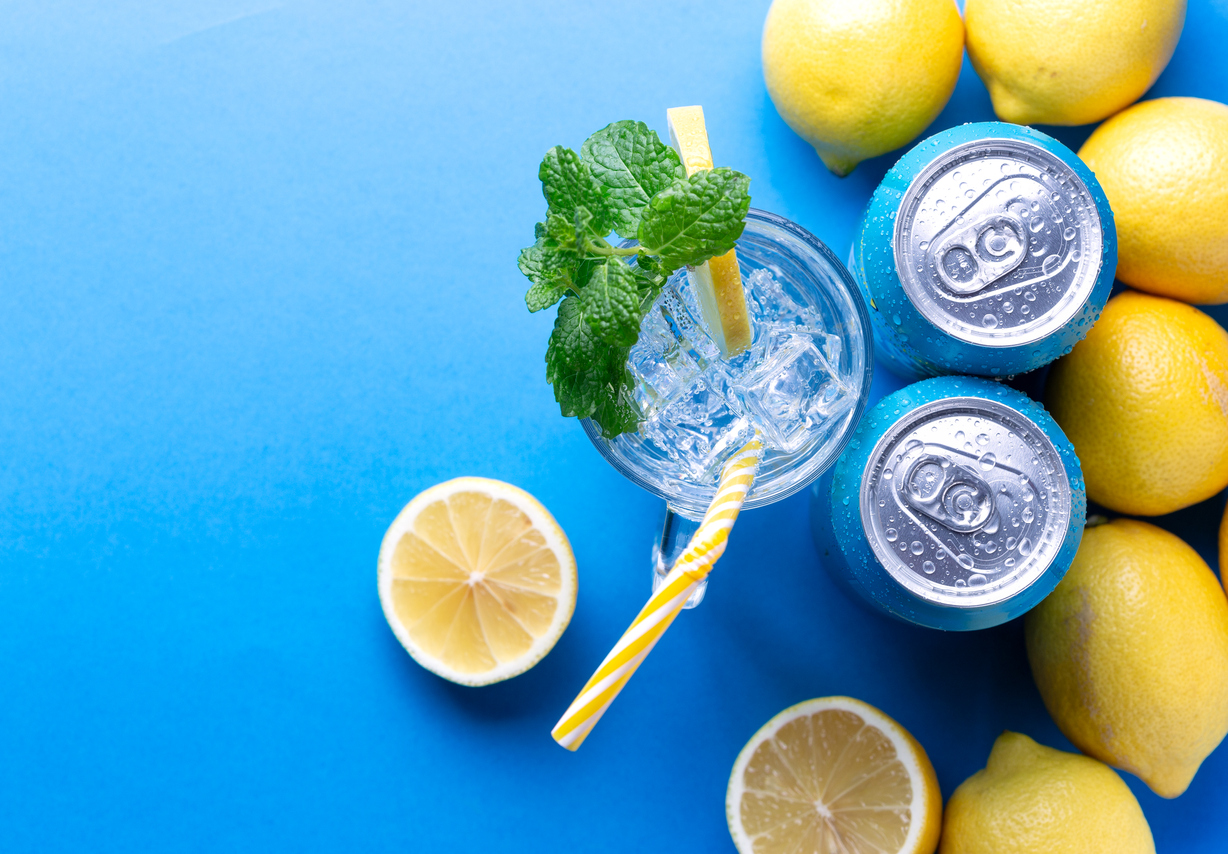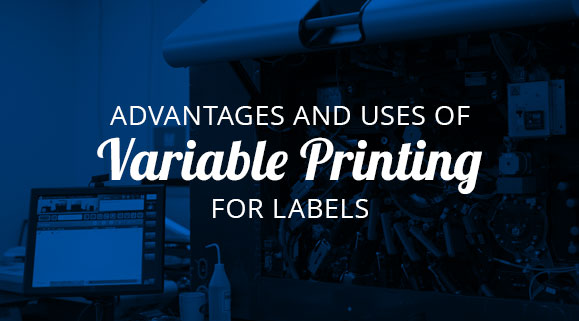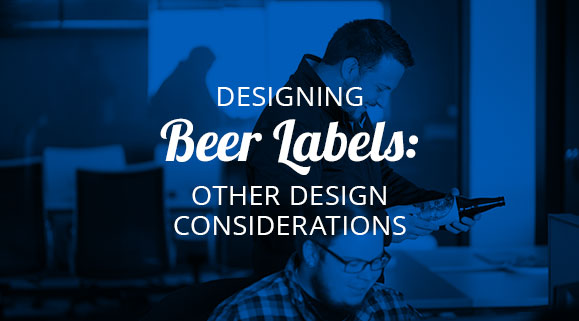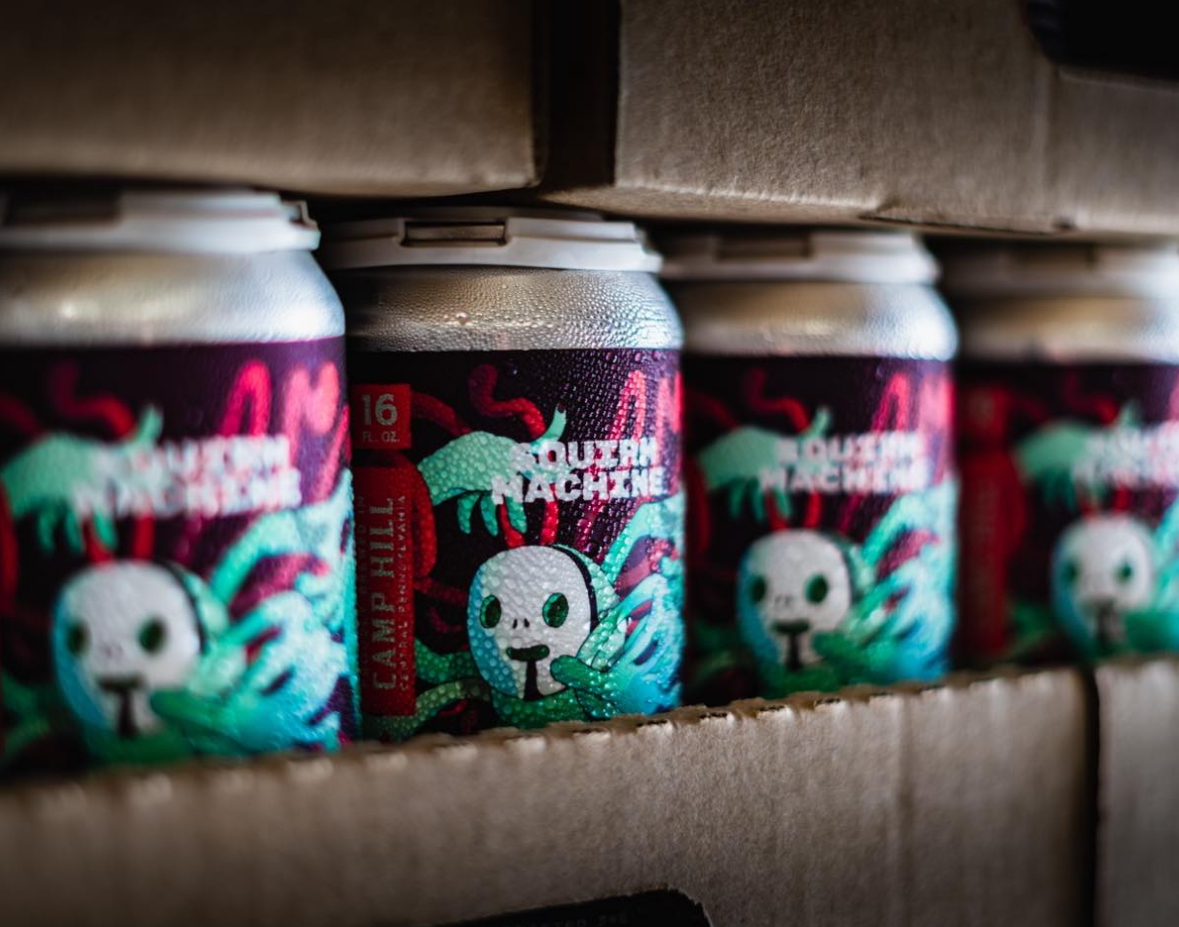How Light Can Impact the Way Customers See Your Product Labels
- color consistency
- label design
- light
- UV coating
How Light Affects What You See
Without light, people wouldn’t be able to see anything . When a luminous object—something that creates its own light like the sun or a lamp—generates light, wavelengths of light travel all around and reflect off other surfaces before they reach our eyes.
These white wavelengths are composed of the visible color spectrum. This spectrum breaks down into the familiar rainbow pattern we are familiar with—red, orange, yellow, green, blue, indigo, violet—but we perceive the wavelengths as white when they’re mixed in equal quantities. As the spectrum travels through space and interacts with an object, that object will absorb certain wavelengths and reflect others. The reflected wavelengths are what determines the color we perceive for that object. For example, if an object absorbs all the red and blue wavelengths, we’ll see the object as green.
However, not all light sources provide a pure white picture like direct sunlight. Depending on the color temperature of the light source, objects—such as a product label—can take on a different hue from another color in the visible spectrum. Even if you know the exact color codes for your labels, a light source that’s too “warm” or “cool” can trick your eyes. At that point, perception is greater than reality. This means that there are a few lighting-based considerations you should make before committing to a product label design.
Consider Where Products are Shown
You can’t design a label that will be perfect in every single type of light source, but you can pick a color palette that’s meant for the light source where your products are typically found. This means that you should think about where and how your customers will see your products.
In a Store
If the first time a consumer is going to see your product label is in a store, you’ll likely deal with cool lighting, either fluorescent or LED lightbulbs. According to independent lighting guide Lux, “Cool color temperatures such as cool white make areas appear more spacious whereas warm color temperatures create an impression of smallness and familiarity.”
Warm lighting and cool lighting have very different effects on how people perceive labels. Warm lights, like those around 2,700 degrees Kelvin, make objects appear redder than normal. This type of lighting often found in higher-end stores that want to create an intimate shopping experience. As for your labels, it can turn crisp whites slightly orange and make blues and greens dull. Cool lights around 6,500K are often found in open retail settings, such as a standard grocery or department store. The blueish hue put off by cool fluorescent or LED lights may distort reds, yellow, and more earthy tones.
Outside
Natural daylight falls right between warm and cool colors on a color temperature chart. This means that soft, non-direct sunlight allows consumers to see product labels without any unwanted red or blue shading. Of course, this also means that products will either need to be sold or kept outside, such as at open-air markets or in shops with plenty of windows.
While natural sunlight won’t trick any eyes, it does create some other potential risks for product labels. Over time, UV rays can cause colors or images to fade. UV label coating protects packaging from this process by covering the label with a substance that shields it from the sun’s rays, making sure it stays vibrant for a longer period of time, kind of like how we apply sunscreen.
In a Home
If a product is sold online and shipped to a consumer, the first time they’ll likely see a product is at home. This means that product will typically be shown in incandescent light, which is typically on the warm end of the color temperature spectrum. The resulting yellowish light can intensify warm colors like reds and oranges, but can dull color colors like blues and greens.
Match Colors and Review Labels in Person
It’s not always possible to control or plan for lighting, but it is possible to make sure that every consumer has a consistent experience with your product labels. Different monitors can make it appear that the colors for your labels are off, but color matching can make sure that all your products will appear consistent with each other.
When it comes to ink, it’s important to use the CMYK and the Pantone Matching System (PMS) color models. The RGB color system is meant for use on light-emitting surfaces, like your computer monitor. The way a color appears in RBG on our computer screen during design is not going to be consistent with the CMYK translation that it prints in. Once you have the right color codes, a digital label printing company can make sure that every label uses the right colors.
To see exactly how a label will look in different lights, it’s best to test it out in person. Most digital printers offer low-cost label proofs ahead of a full order. This means that you can take a printed proof of your design and place it under different lights to see if it distorts any colors or has any other negative effects. If so, communicate these issues with your designer to figure out the best plan to mitigate these issues before you invest in a full run of product labels.
Work with Digital Printing Experts
No matter where your products are sold, it’s important to work with experts who can make you labels that shine in any light. If you need a great designer, check out Blue Label’s Designer Directory for a list of hand-picked designer partners who can put together a quality label design for all occasions.
Of course, your labels won’t amount to much if you don’t have a good printing company to make them. Blue Label offers the printing technology and expertise to create stunning product labels that work with your budget. Contact us today to talk to one of our experts about your next label printing project.
